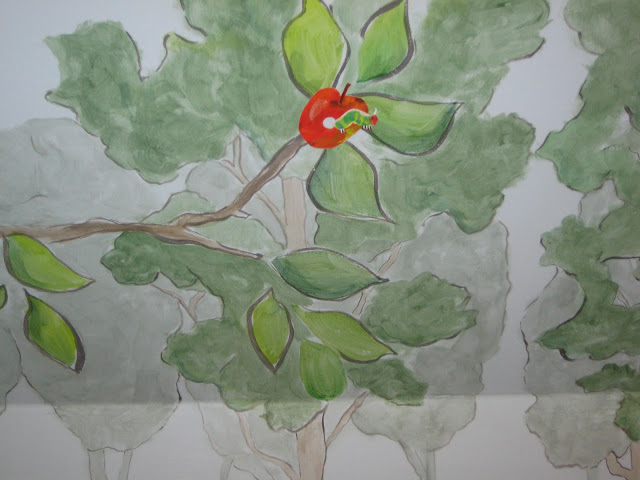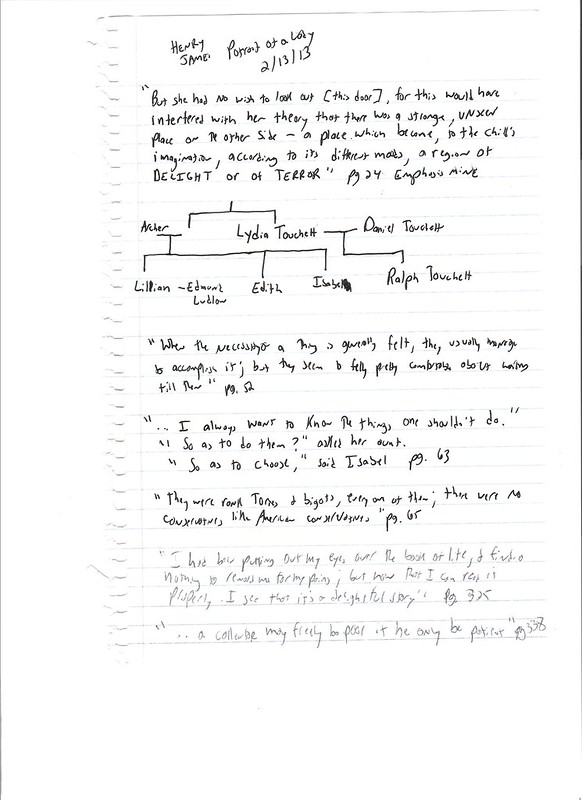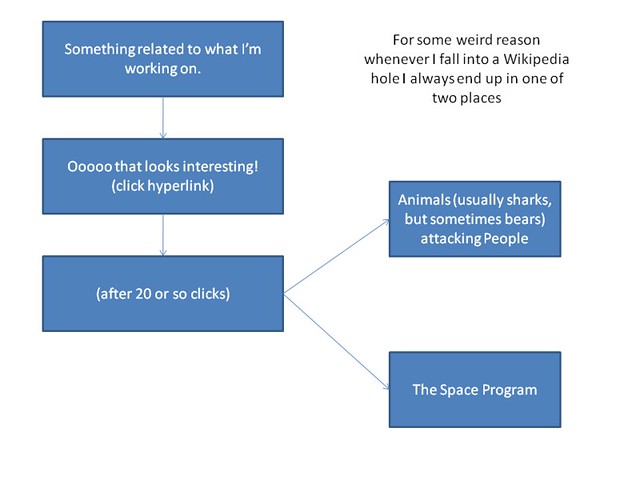An essay on the importance of practice, extraneous to the goal of this blog and yet its foundation, which the impatient may skip and the reflective might enjoy.
“Genius can appear anywhere, but the origins of Carlsen's talent are particularly mysterious.”
Time Magazine
A 2010 article in Time Magazine profiled Magnus Carlsen, a Norwegian who at 18 became the youngest world No. 1 chess player in history. Carlsen, who became a grandmaster at 13, has been coached by Garry Kasparov who has stated of Carlsen’s play, “Before he is done, Carlsen will have changed our ancient game considerably.” As Kasparov is considered by many to be the greatest chess player of all time this is very high praise. According to Kasparov, Carlsen “has a natural feel for where to place the pieces”. Experts watching him play are often surprised by his selection of moves and only after the fact realize his choice was perfect. Even Carlsen himself has a difficult time describing his ability: “It’s hard to explain, sometimes a move just feels right”. The take away message from the Time's article is clear: Carlsen’s genius is an innate ability and the origin of his innovative and creative play will remain an unsolved mystery.
Recent research has attempted to shine a light into the black box of innovation and creativity. The majority of this research has focused on answering the question, “When are people most creative”? The research has spawned an impressive list of items that may promote creativity: mood, intrinsic/extrinsic rewards, regulatory focus, bodily cues, temporal distance, spatial distance, and even sexual imagery. Though quite an impressive list, a laundry list of potential factors does not improve our conceptual understanding of creativity. Throughout the course of a tournament, Carlsen’s mood, his focus on intrinsic/extrinsic rewards, and his temporal distance from the chessboard most likely vary, and though these variations may impact his performance to a certain extent, his creativity and innovation on the chessboard remain consistent. Rather than focus on when Carlsen is creative, research must focus on why Carlsen is creative to uncover the mystery.
By all accounts Kobe Bryant is one of the best basketball players on the planet; Bill Simmons, author of The Book of Basketball, states that if Kobe maintains his current pace he will end his career with five championship rings, 34,000 points (3rd all time), 10 first team all-NBAs, and would be the 3rd or 4th greatest player in the history of the league. Most people attribute his success to “god-given ability” and obviously it helps your NBA chances if you are 6’6. However, if size and athletic ability were all that mattered, as Chris Ballard puts it, Eddie Curry would be all-NBA and Derrick Coleman would be getting ready for his hall of fame induction ceremony. The reason Kobe has been so successful is that he works harder off the court than anyone else. Every day he makes (not takes) 700 to 1,000 shots, in addition to 4 hours of weight trainings and conditioning. Kobe’s method is consistency; in his words, “You have a program, and a schedule, and you have to abide by that, religiously. You just stick to it, and it's the consistency that pays off.” Additionally at the end of each season, Kobe sits down with his coaches to break down the season and establish goals and a plan for improvement over the off-season. This past off season while the majority of his peers were relaxing on the beach or even focused on their training, Kobe was working with Hall of Famer Hakeem Olajuwon to improve his post-up moves, adding yet another skill to his bag of tricks.
The old joke goes something like this:
A tourist is wandering around New York City and he is clearly lost. He walks up to a local and asks, “How do you get to Carnegie Hall?”. “Practice, Man, Practice” responds the local. If you want to be good at something you have to practice. The key to achieving mastery in a specific area is the amount of deliberate practice an individual performs. Though it is easy to attribute Kobe’s success to his “god-given talent”, the amount of hours he has put in the gym are just as crucial if not more so to his success. Similarly, the genius and creativity Magnus Carlsen displays while playing chess are attributed to mysterious factors such as intuition or innate talent. However a closer look at Carlsen’s daily routine sheds light on the origin of his talent. Carlsen, Lehrer (2010) writes, has taken advantage of something his predecessors like Kasparov didn't have, computer chess. He typically plays multiple games at once against sophisticated chess playing algorithms allowing him an unprecedented amount of deliberate practice. While previous generations of Chess players were limited by the the number and stamina of quality opponents they could find, Carlsen had played more games by the age of 13 than many grandmasters had their entire lives. Lehrer goes on to explain the how this practice allowed Carlsen to develop his famed intuition. All the games Carlsen has played allowed him the chance to make more mistakes than other players. Lehrer quotes Neils Bohr: an expert is, “a person who has made all the mistakes that can be made in a very narrow field.” Carlsen has been able to make more mistakes, and learn from them, providing him with so much experience that he is able to utilize the knowledge he gained through deliberate practice at a level so automatic it appears intuitive.
Thus, deliberate practice is key when you want to improve a skill. This seems like an obvious point, and most people grasp this idea when you are discussing an activity like driving a car or solving math problems. However, there seems to be a block when we encounter someone like Carlsen. Carlsen must be an innate genius is often the default mode of thinking. Why is this? Obviously, if we place the reason on innate talent it lets us off the hook. If we had only been blessed with “god-given ability” we too could be a chess master or an NBA superstar. To consider the role that deliberate practice plays might place the blame to close to our own doorstep. As Erickson states, there is nothing fun about deliberate practice. In fact, the desire to practice, even though practice is not fun, is another characteristic that is important in the development of any skill:
“There’s a difference between loving basketball and liking basketball. There are only about 30 guys in the league who love it, who play year round. Allen Iverson loves to play when the lights come on. Kobe loves doing the shit before the lights comes on. This thing, this freakish compulsion, may be the hardest element of the game to quantify. There are no plus-minus stats to measure a player’s ruthlessness, his desire to beat his opponent so badly he’ll need therapy to recover.”
Carlsen provides similar statements. When asked by Time magazine if he saw chess as a game or combat or a game of art Carlsen replied: “Combat. I am trying to beat the guy sitting across from me and trying to choose the moves that are most unpleasant for him and his style. Of course some really beautiful games feel like they are art, but that's not my goal.”
The will to succeed and win is so dominant in both Kobe and Carlsen that they are able to overcome the negatives associated with deliberate practice. In fact, both men continuously work on their skill through deliberate practice. Like Kobe seeking out Hakeem, Carlsen has began working with Kasparov. This perseverance and passion of long-term goals has been referred to as Grit and is the second key component of developing any skill, including creativity.
Thus both the amount of deliberate practice and the willingness to engage in practice are critical to skill development. However there is one additional critical factor: type of practice. Bill Belichick, head coach of the New England Patriots has won three Super Bowls and was a miracle play away from the first 19-0 season in NFL History. What separated Belichick’s Patriot teams from the rest of the NFL? According to Gasper (2008) the answer is situated practice. Gasper interviewed a former Patriot who described his first day of training camp under Belichick. The head coach created the following situation: it was late in the game, the Pats are down by a field goal and had the ball at their own 17 yard line with 1:21 left and zero timeouts. This was a recreation of the Patriots drive to win Super Bowl XXXVI. Belichick had his players practice these scenarios in training camp so they could make mistakes and learn from them so that by the time they needed to perform perfectly in the post-season they would be ready. Belichick understood that in addition to drills and conditioning, players needed to practice the skills they would need during games.
In order to design successful deliberate practice you have to understand the constraints of the task you are trying to practice for. Additionally, it is vital to understand that simply practicing the exact task is not enough. Edward Zagorski has spent the last thirty years teaching industrial design at the University of Illinois. After attempting to teach his students how to design he learned that it was more critical that he learned how to effectively teach students to design. He mentions how he once asked students to design a toy for a 5-12 year old child. The results, according to Zagorski, resulted in “push-pull, bland, and tired solutions”. The next time he asked the students to design a toy that would render a random decision. This resulted in much more creative designs. Hence, the nature of the task and the task's constraints are important to understand when designing deliberate practice to improve a skill. Zagorksi’s method focused on providing enough constraints to allow the student to focus, but not so many that they were constrained.
In conclusion, any skill can be improved through deliberate practice, as long as the individual is able to commit to a significant amount of deliberate practice and that deliberate practice has been tailored to hone the critical skills needed to succeed at the target task. I will be using this blog as a way to engage in deliberate practice to get better at writing about reading in a style that is hopefully witty, not too lengthy, and provides opportunities and encouragement for reader engagement. I hope you decide to stick around for the ride!



































